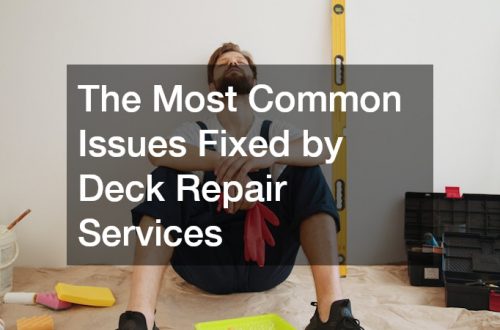
Are you a homeowner facing the daunting task of replacing your roof? Whether prompted by an aging roof, insurance requirements, or visible damage, navigating the process of roof replacement can be overwhelming. In this comprehensive guide, we’ll walk you through essential steps and tips to ensure a successful roof replacement project.
The Decision to Replace
For many homeowners, the decision to replace their roof often comes unexpectedly, spurred by factors such as insurance company requirements or the realization of an aging roof’s deteriorating condition. Even if your roof isn’t visibly damaged or leaking, factors like age and insurance stipulations may necessitate a roof replacement sooner than anticipated.
Choosing the Right Contractor
Selecting a reputable and experienced contractor is crucial for a successful roof replacement project. Homeowners should research local roofing companies, read reviews, and ask for recommendations from friends or family members. It’s essential to verify that the contractor is licensed, bonded, and insured to protect against any liabilities during the project. Additionally, requesting references and viewing past projects can help assess the quality of their workmanship. A reliable contractor will provide a detailed written estimate outlining the scope of work, materials used, and project timeline. Clear communication and transparency throughout the process are key indicators of a trustworthy contractor.
Understanding Roofing Materials
Before embarking on a roof replacement project, familiarize yourself with different roofing materials and their suitability for your home. Options include metal roofing, asphalt shingles, and architectural shingles, each with its advantages and considerations. Consider factors such as durability, cost-effectiveness, and climate suitability when choosing the right material for your roof replacement.
Common Issues and Unexpected Challenges
Roof replacements can encounter common issues and unexpected challenges, such as leak-prone areas around plumbing vent pipes and chimneys. Proper flashing and addressing rotting plywood promptly are essential to prevent future problems. Collaborate closely with your contractor to anticipate and mitigate potential challenges throughout the roof replacement process.
Post-Installation Maintenance
After a roof replacement, proper maintenance is essential to ensure the longevity and performance of the new roofing system. Homeowners should schedule regular inspections to check for signs of damage, such as loose shingles, leaks, or debris buildup in gutters. Promptly addressing any issues can prevent more significant damage and extend the lifespan of the roof. Additionally, routine maintenance tasks like cleaning gutters, trimming overhanging branches, and removing debris from the roof surface can help prevent moisture buildup and prolong the life of the roofing materials. Investing time and effort into post-installation maintenance can save homeowners money in the long run by avoiding costly repairs or premature roof replacement.
Preventative Maintenance Tips
Once your new roof is installed, proactive maintenance is key to prolonging its lifespan and preserving its integrity. Regular inspections, gutter cleaning, and addressing minor issues promptly can prevent costly repairs down the line. Additionally, consider investing in preventive measures like roof coatings to enhance your roof’s durability and weather resistance.
Identifying Common Signs of Roof Damage
As a homeowner, being able to recognize common signs of roof damage can help you address issues before they escalate. Look out for signs such as missing or damaged shingles, sagging roof sections, or water stains on ceilings and walls. Promptly addressing these warning signs can prevent further damage and extend the lifespan of your roof.
Environmental Considerations
When planning a roof replacement, homeowners should consider the environmental impact of their roofing materials. Opting for eco-friendly options such as recycled or sustainable materials can help reduce the carbon footprint of the home. Materials like metal roofing, which can often be recycled at the end of their lifespan, or cool roof systems that reflect sunlight and reduce heat absorption, are popular choices for environmentally conscious homeowners. Additionally, installing solar panels alongside a new roof can further enhance energy efficiency and decrease reliance on non-renewable energy sources. By prioritizing eco-friendly roofing materials and practices, homeowners can contribute to environmental sustainability while also potentially reducing long-term energy costs.
Conclusion
Embarking on a roof replacement project may seem daunting, but with proper planning and guidance, homeowners can navigate the process smoothly. From understanding roofing materials to selecting the right contractor and addressing common issues, this guide equips homeowners with the knowledge and tips needed to ensure a successful roof replacement. Remember, investing in your roof’s maintenance and timely repairs is crucial for protecting your home and preserving its value for years to come.
By following these tips and working closely with a trusted contractor, you can embark on your roof replacement journey with confidence, knowing that you’re making a wise investment in the longevity and safety of your home.
.





